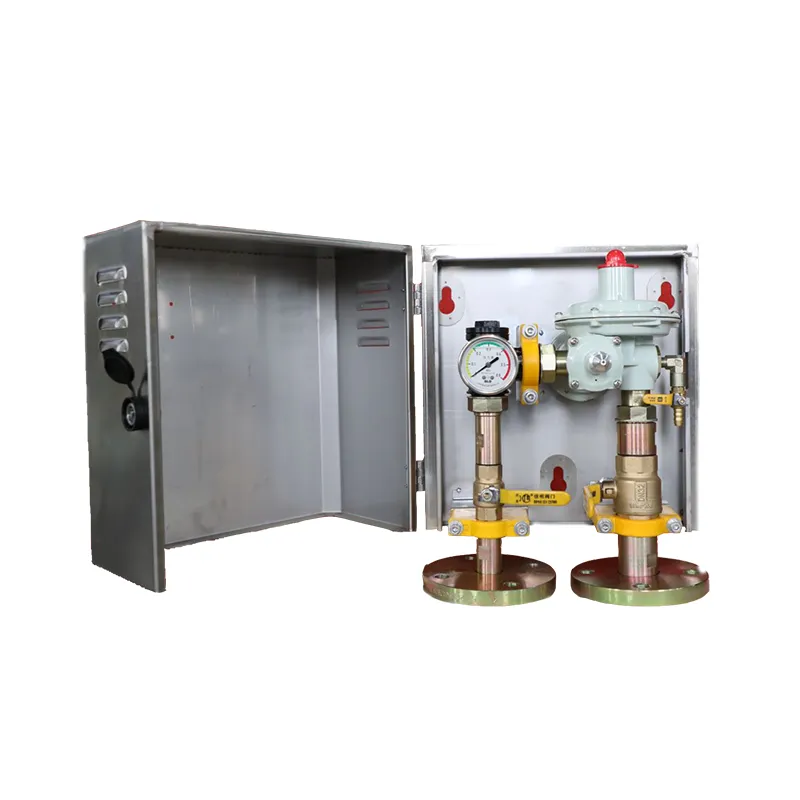
Nov . 30, 2024 02:43
Back to list
Gas Measurement Techniques for Accurate Environmental Monitoring and Analysis
Understanding Gas Measurement Key Concepts and Techniques
Gas measurement is a critical aspect of various industries, including environmental monitoring, manufacturing, and energy production. Accurate measurement of gas concentrations is essential for ensuring safety, regulatory compliance, and operational efficiency. This article explores the fundamental concepts of gas measurement, the techniques employed, and the importance of accurate readings in our modern world.
The Importance of Gas Measurement
Gas measurement plays a crucial role in various fields. In industrial settings, the presence of certain gases can indicate operational efficiency or pose safety hazards. For example, the concentration of greenhouse gases like carbon dioxide (CO2) and methane (CH4) must be monitored to adhere to environmental regulations. In addition, industries such as oil and gas, power generation, and chemical manufacturing require precise gas measurements to optimize production processes and minimize emissions.
Environmental monitoring is another significant area where gas measurement is vital. It helps track air quality and assess the impact of human activities on the environment. Continuous monitoring of hazardous gases, such as volatile organic compounds (VOCs) and particulate matter, is essential for public health and safety.
Key Concepts in Gas Measurement
Several fundamental concepts underpin gas measurement. First, understanding the notion of gas concentration is crucial. Concentration can be expressed in various units, such as parts per million (ppm), parts per billion (ppb), or percent by volume. The choice of unit often depends on the specific gas being measured and its expected concentration levels.
Another important concept is the distinction between absolute and relative measurements. Absolute measurements refer to the actual concentration of gas in a sample, while relative measurements compare the concentration of a gas to a standard or baseline value. Both types of measurement are important for different applications in research and industry.
.
There are various techniques and instruments used for gas measurement, each with its advantages and limitations. Some of the most common methods include
قياس الغاز

1. Gas Chromatography (GC) This technique separates gases in a mixture for individual analysis. It is widely used for measuring concentrations of multiple gases and is known for its high accuracy and sensitivity.
2. Infrared Spectroscopy This method uses infrared light to detect specific gases by measuring the absorption of light at certain wavelengths. It is commonly used to measure greenhouse gases and is effective for detecting low concentrations.
3. Electrochemical Sensors These sensors are often used in portable gas detectors. They work by detecting changes in electrical current caused by the reaction of target gases with a sensing electrode. Electrochemical sensors are particularly useful for monitoring toxic gases in confined spaces.
4. Molecular Beacons These are advanced sensors that can detect specific gases at very low concentrations by using molecular probes. They offer high specificity and sensitivity, making them excellent tools for environmental monitoring.
Ensuring Accuracy and Reliability
For gas measurement to be effective, accuracy and reliability are paramount. Regular calibration of measurement instruments is necessary to ensure accurate readings. Calibration involves comparing the instrument's output against known standards and making adjustments as needed.
Moreover, external factors such as temperature, humidity, and pressure can affect gas measurements. Therefore, it is essential to account for these variables during data collection and analysis.
Conclusion
In conclusion, gas measurement is an indispensable component of modern industry and environmental science. With various techniques and instruments available, accurate monitoring of gas concentrations ensures safety, regulatory compliance, and operational efficiency. As technology advances, so too will the methods for gas measurement, leading to improved accuracy and reliability in detecting various gases. The implications of accurate gas measurement are vast and impactful, paving the way for a safer, cleaner, and more efficient future.
Latest news
-
Safety Valve Spring-Loaded Design Overpressure ProtectionNewsJul.25,2025
-
Precision Voltage Regulator AC5 Accuracy Grade PerformanceNewsJul.25,2025
-
Natural Gas Pressure Regulating Skid Industrial Pipeline ApplicationsNewsJul.25,2025
-
Natural Gas Filter Stainless Steel Mesh Element DesignNewsJul.25,2025
-
Gas Pressure Regulator Valve Direct-Acting Spring-Loaded DesignNewsJul.25,2025
-
Decompression Equipment Multi-Stage Heat Exchange System DesignNewsJul.25,2025

